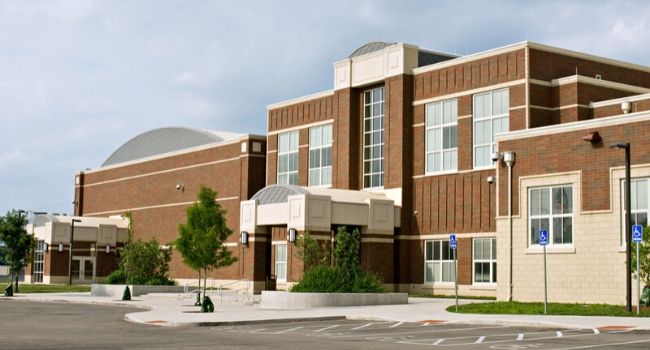
Coronavirus Pandemic Highlights Holes in District School Safety Plans
Some Ohio districts were more prepared than others because they had a pandemic response plan, providing guidance on long-term isolation from school buildings.
- By Haley Samsel
- March 26, 2020
While all Ohio school districts are required by the state to design and implement a school safety plan to respond to crises like school shootings, the coronavirus pandemic is showing that districts were not required to develop a pandemic response plan.
As The Columbus Dispatch reports, the Ohio Department of Public Safety considers having a pandemic response plan a “best practice” but districts are not mandated to do so. Several districts have reported that they lack guidance on how to properly reach students through virtual learning or work with students with disabilities.
“This is a once-in-a-century event,” Scott DiMauro, president of the Ohio Education Association, told the Dispatch. “There will be a lot of lessons to learn once we get through this.”
Due to their sensitive nature, school safety plans in Ohio are not public record but are shared with local law enforcement and public health officials. Some districts do indeed have pandemic plans, including Columbus, Olentangy and Westerville.
But many others were less prepared for the current crisis, which has shut down all Ohio schools through at least April 6. Gov. Mike DeWine has said that there is a high possibility that schools will not reopen for the remainder of the school year.
Mandy Minck, the spokeswoman for the Ohio Department of Education, told the Dispatch that the agency has regularly advised districts to update their plans to include measures and guidance for “long-range isolation” from campuses.
“We’ve also been advising schools for the past few weeks to update their emergency contact information to make sure they are able to reach all the people with whom they would need to communicate during a public-health crisis,” Minck wrote in an email.
Educators say that it’s hard to blame any specific district or agency for the lack of guidance due to the unprecedented nature of the pandemic. Closures took place suddenly, leaving administrators to figure out how to communicate with students and staff and plan for remote learning.
Last week, the Centers for Disease Control and Prevention was scheduled to brief superintendents across the country on the nature of the disease and answer questions about best practices for school closures. But the CDC canceled the virtual briefing hours before it was set to begin, stating that their guidance needed to be updated before it was relayed to school districts.
The lack of guidance on the federal, state or local level has left administrators in “total confusion” over how to move forward, said Daniel Domenech, the executive director of the School Superintendents Association.
“There is clarity that is needed here, and that is not forthcoming,” Domenech told the Dispatch. “I agree with the others that there will be lessons learned. One of the major lessons is that we will have experienced how important virtual, or online, learning has become, and that we need more capacity to do that more and that we need to move forward in that area -- and quickly.”
There are still open questions on how to work with students with disabilities, particularly for those who cannot access online learning materials or cannot learn through such methods. Ohio, like many other states, is leaving it up to individual districts and schools to figure out the best way forward.
“We will figure this stuff out,” DeWine said last week. “Students need to focus on their education and parents need to focus on everyone’s health.”
About the Author
Haley Samsel is an Associate Content Editor for the Infrastructure Solutions Group at 1105 Media.